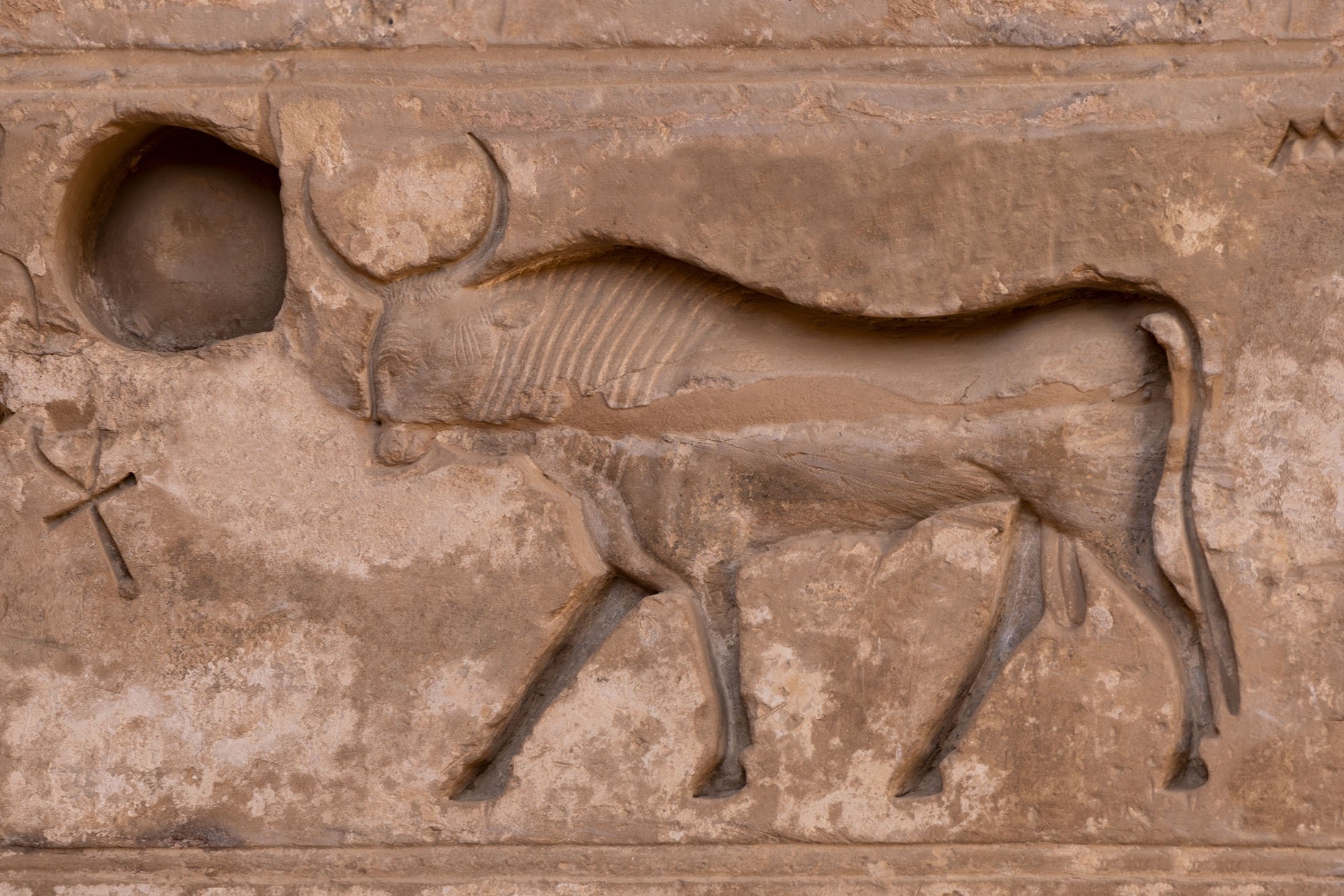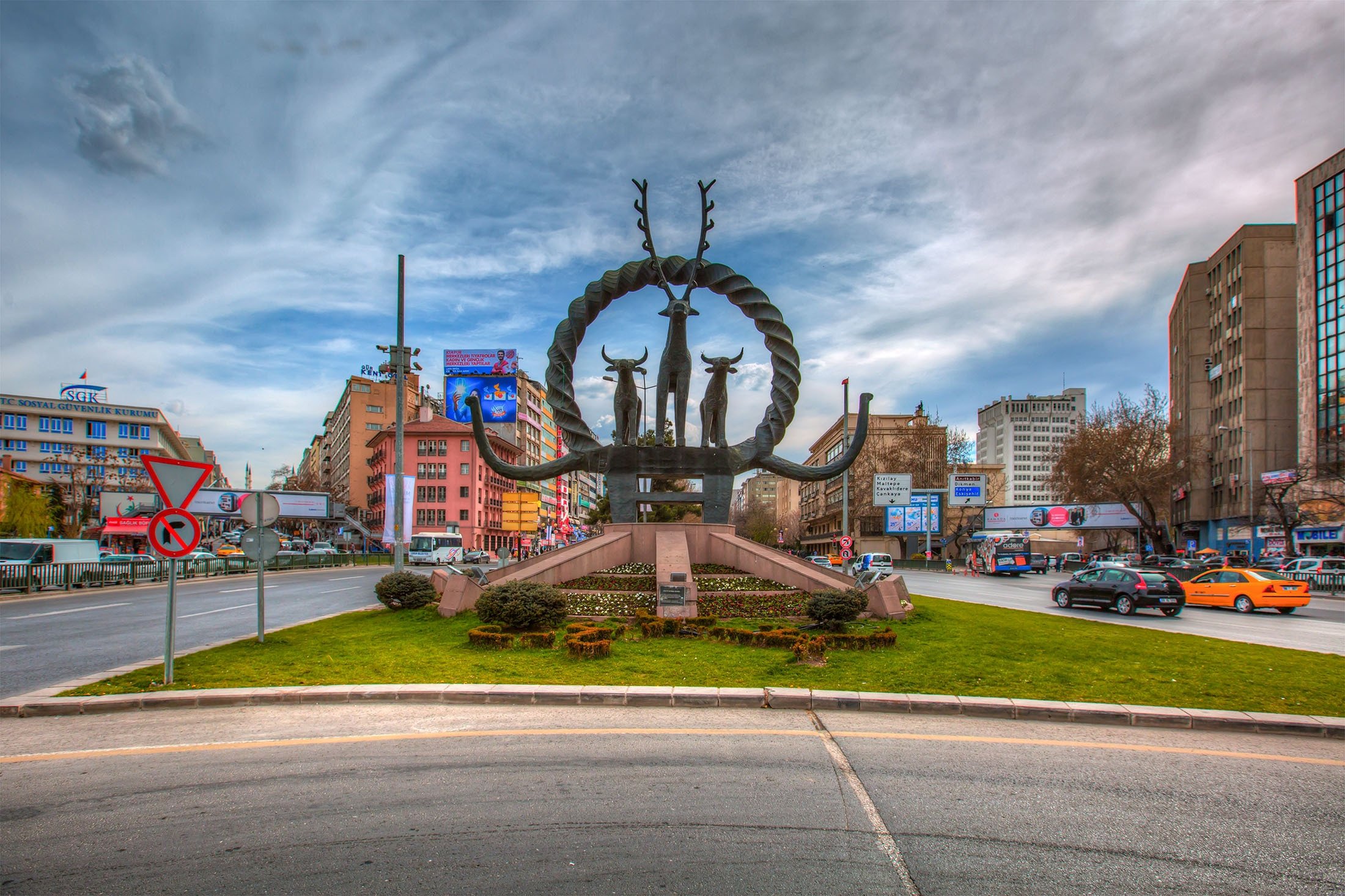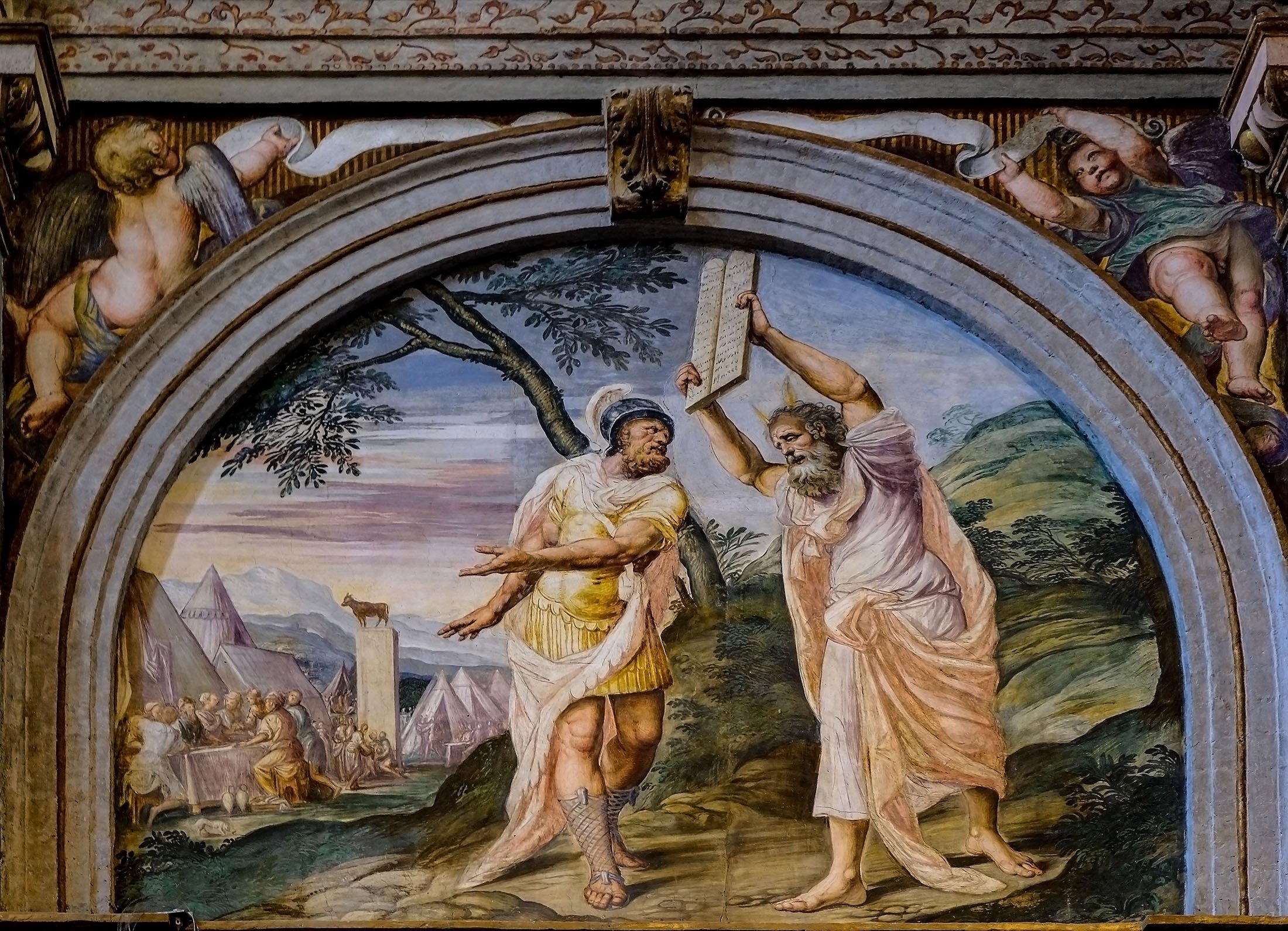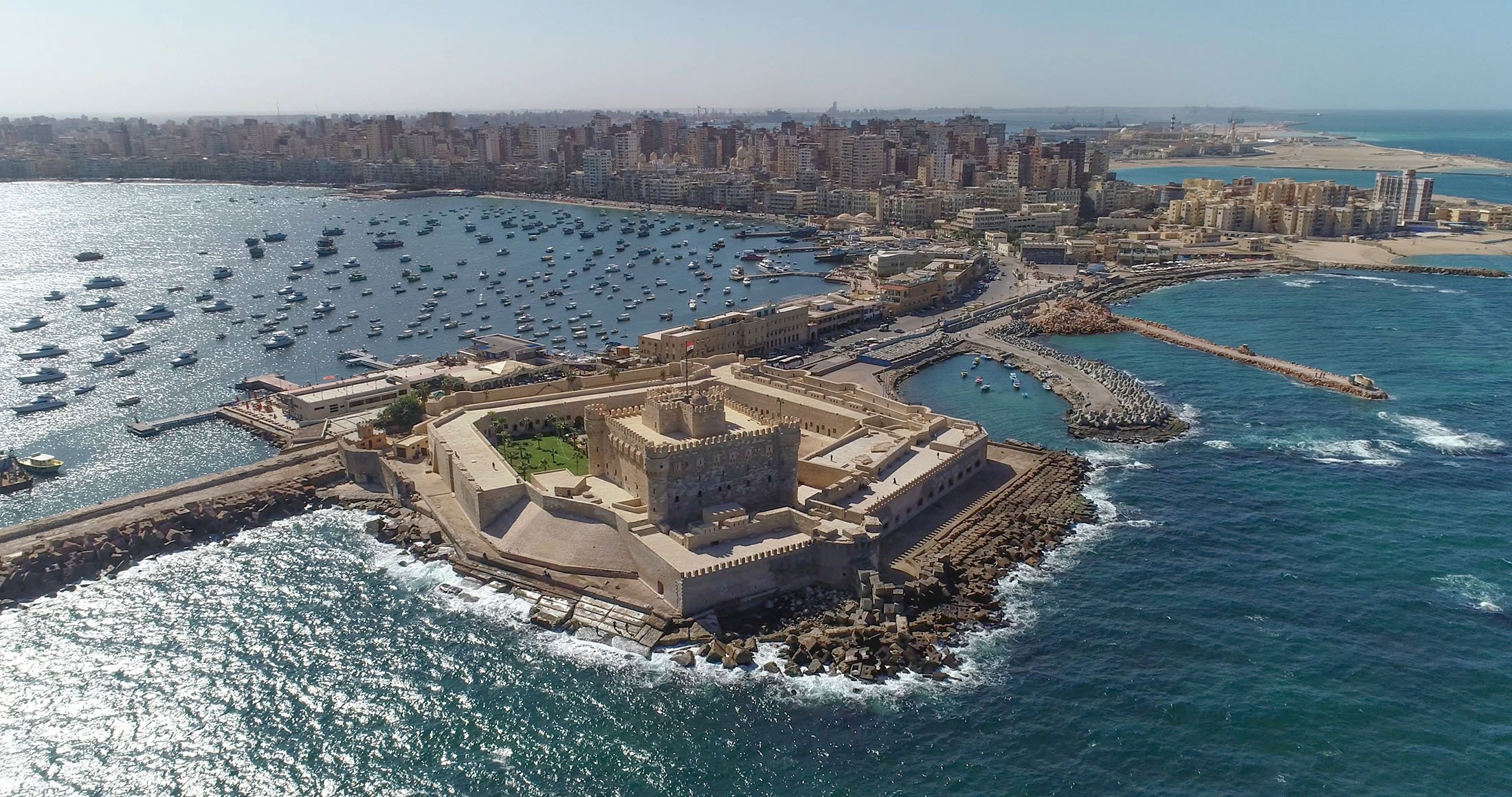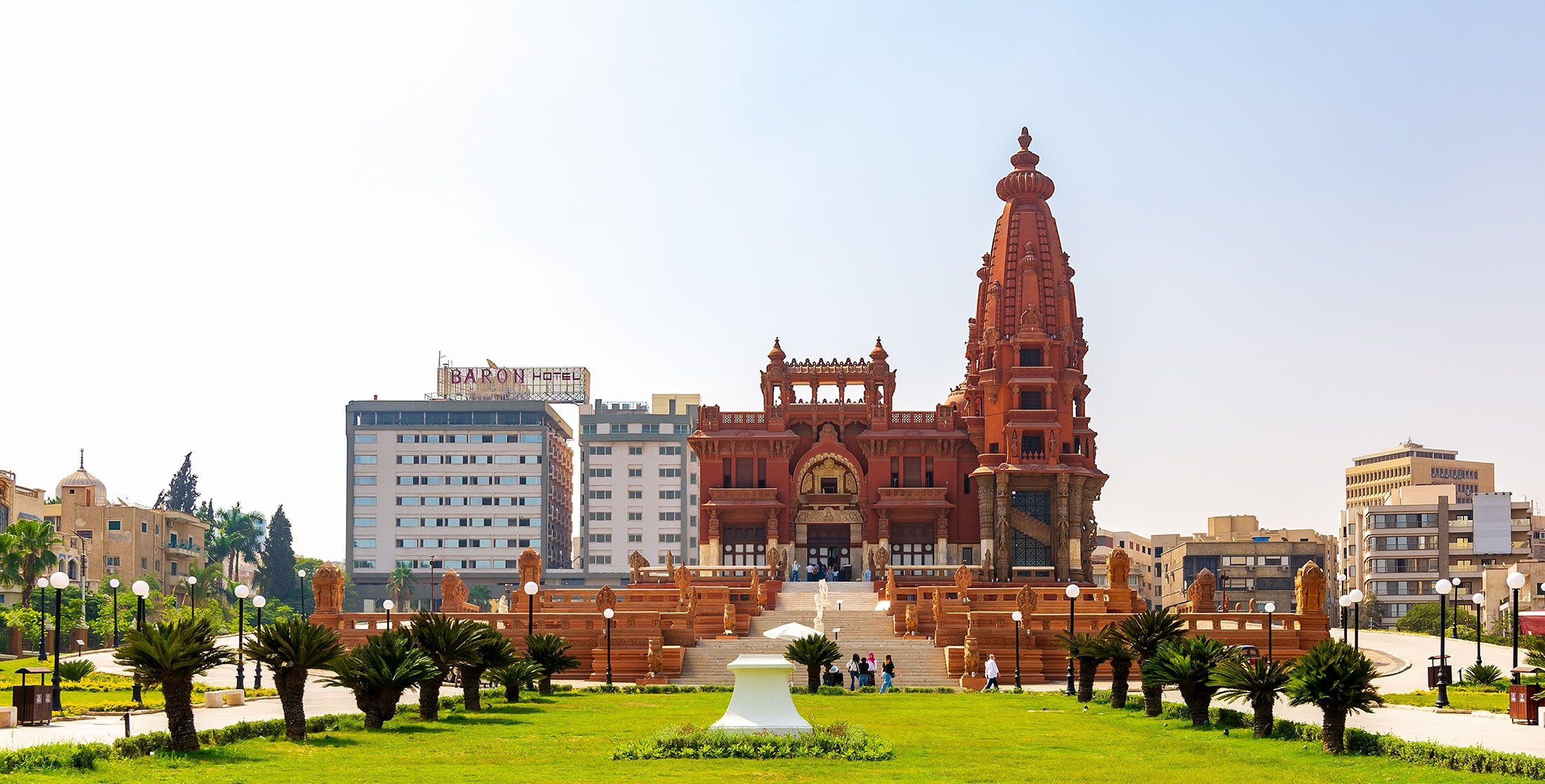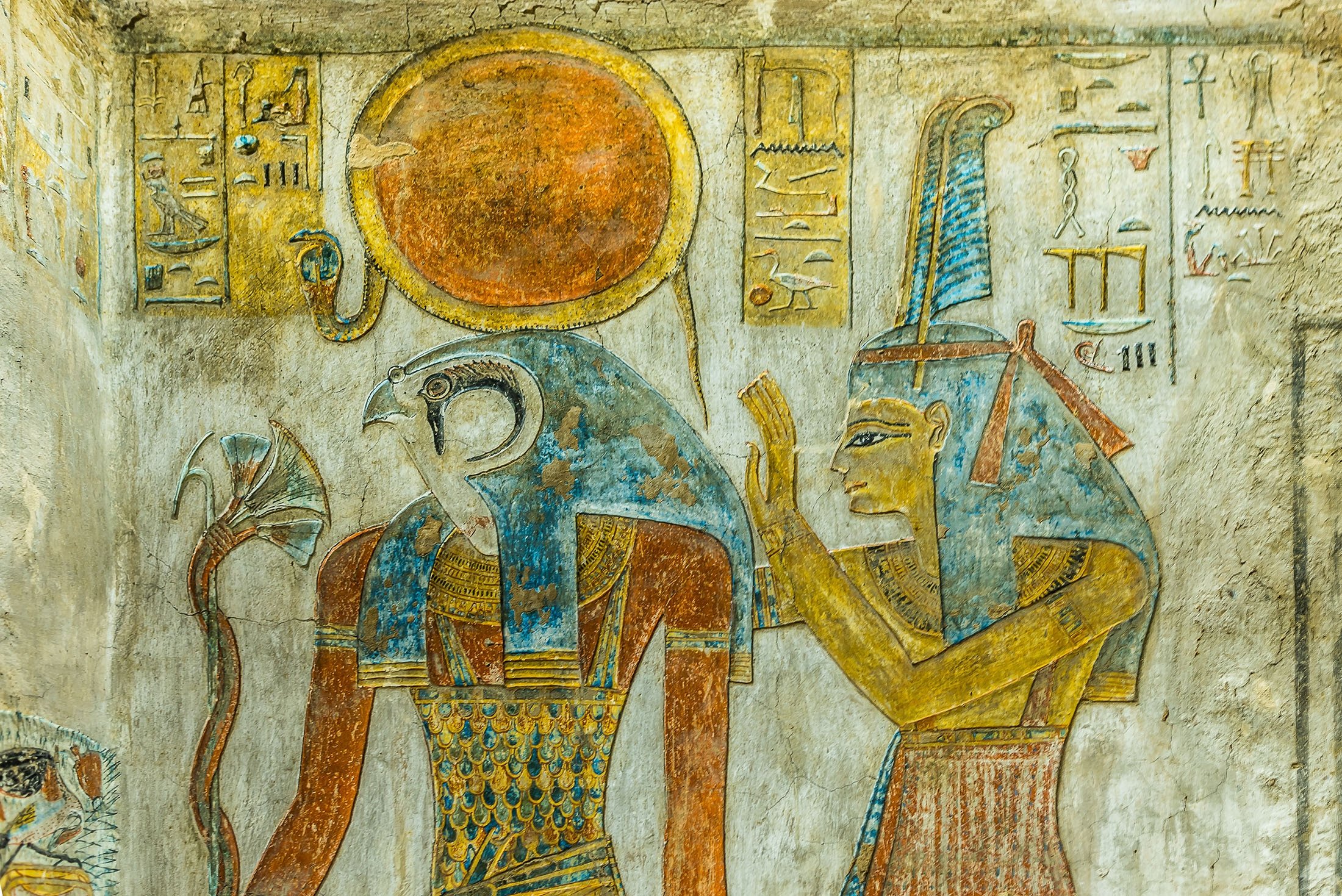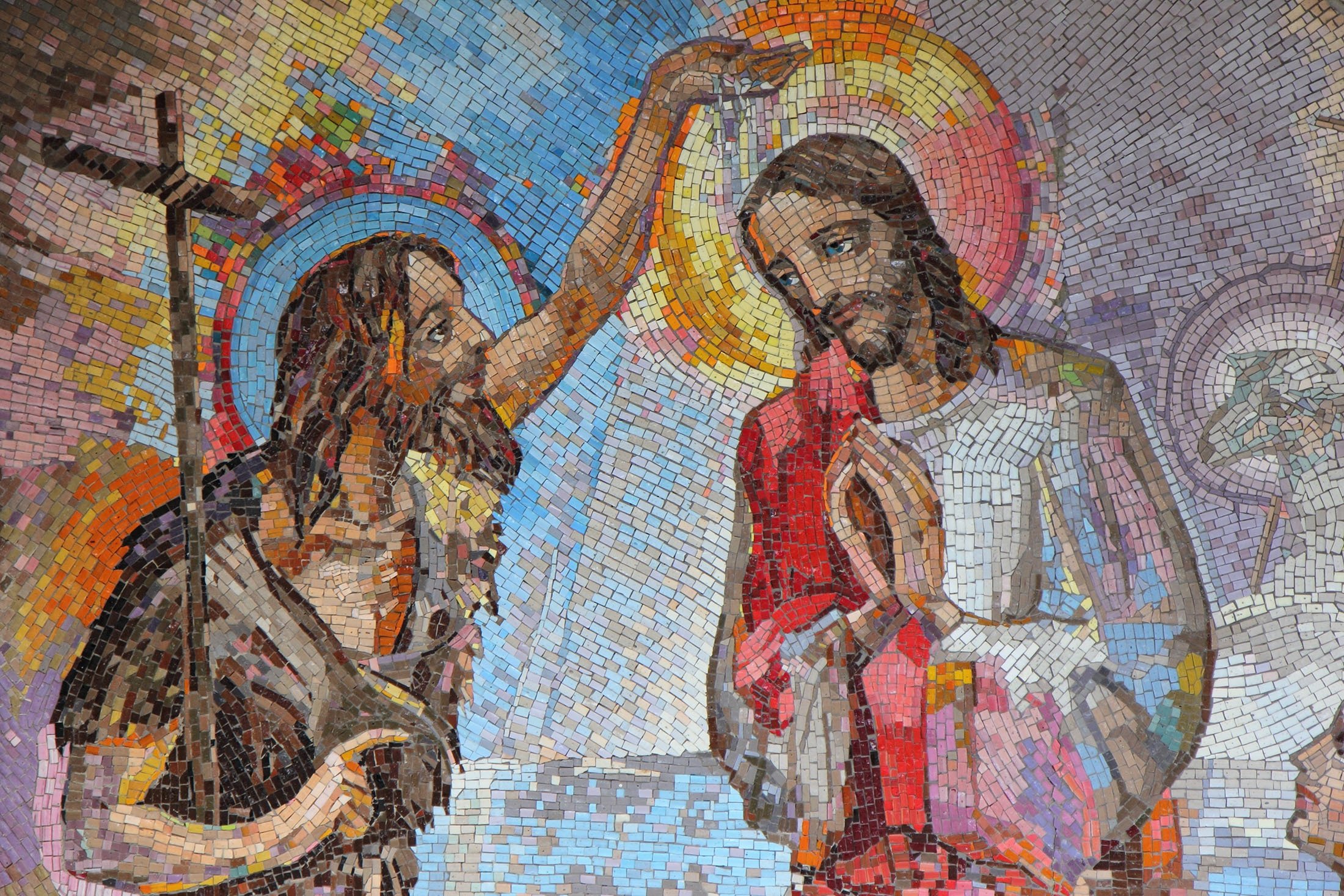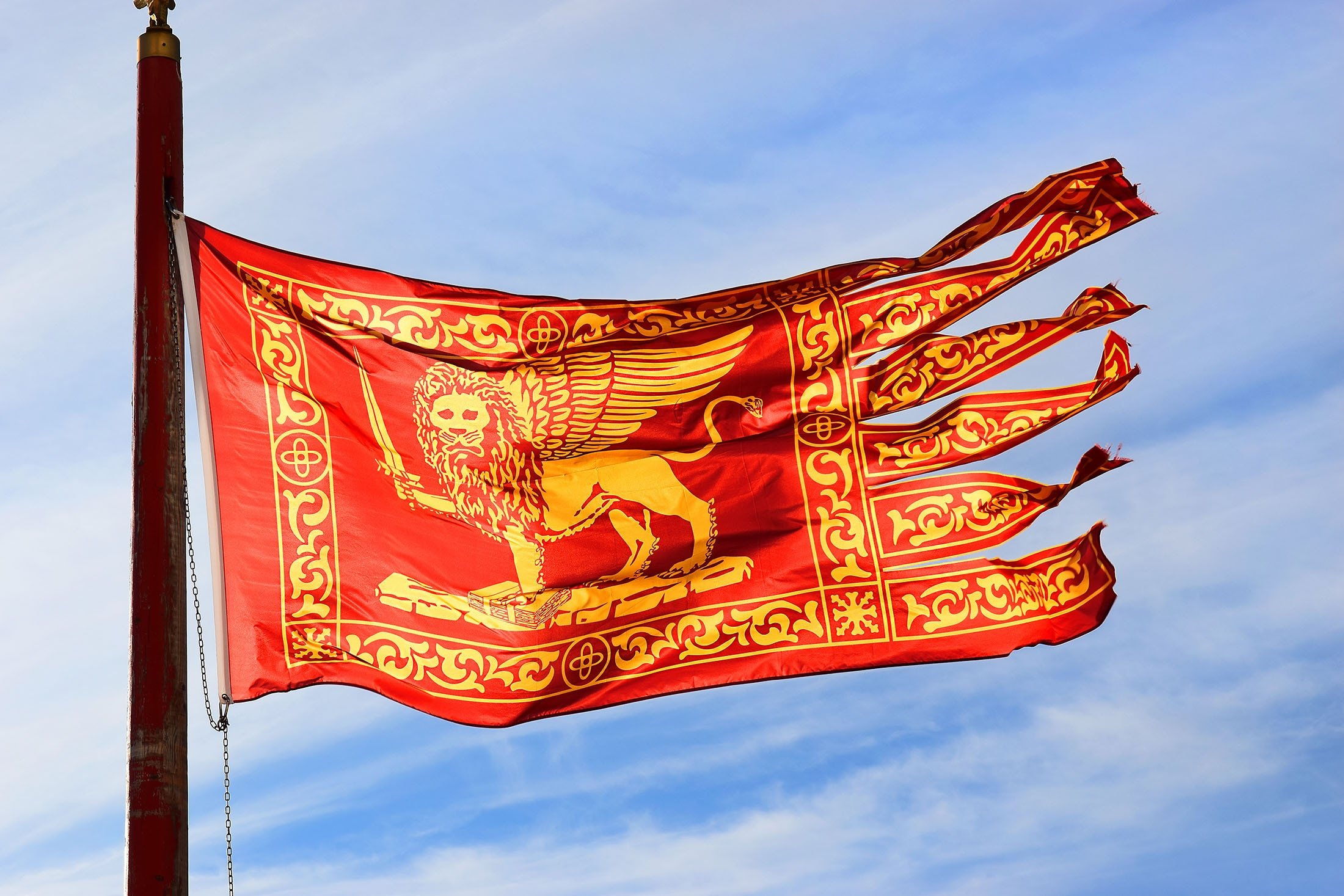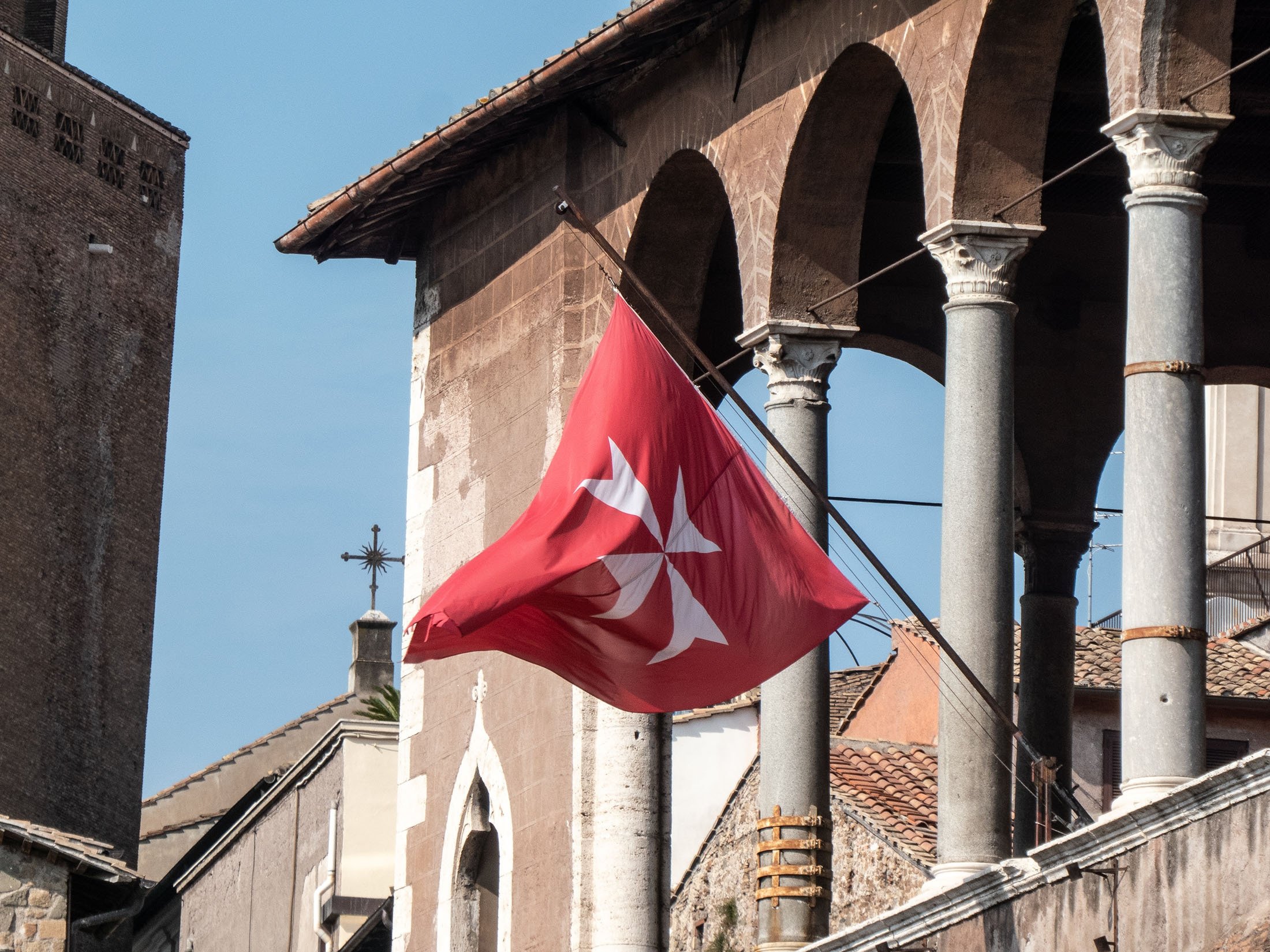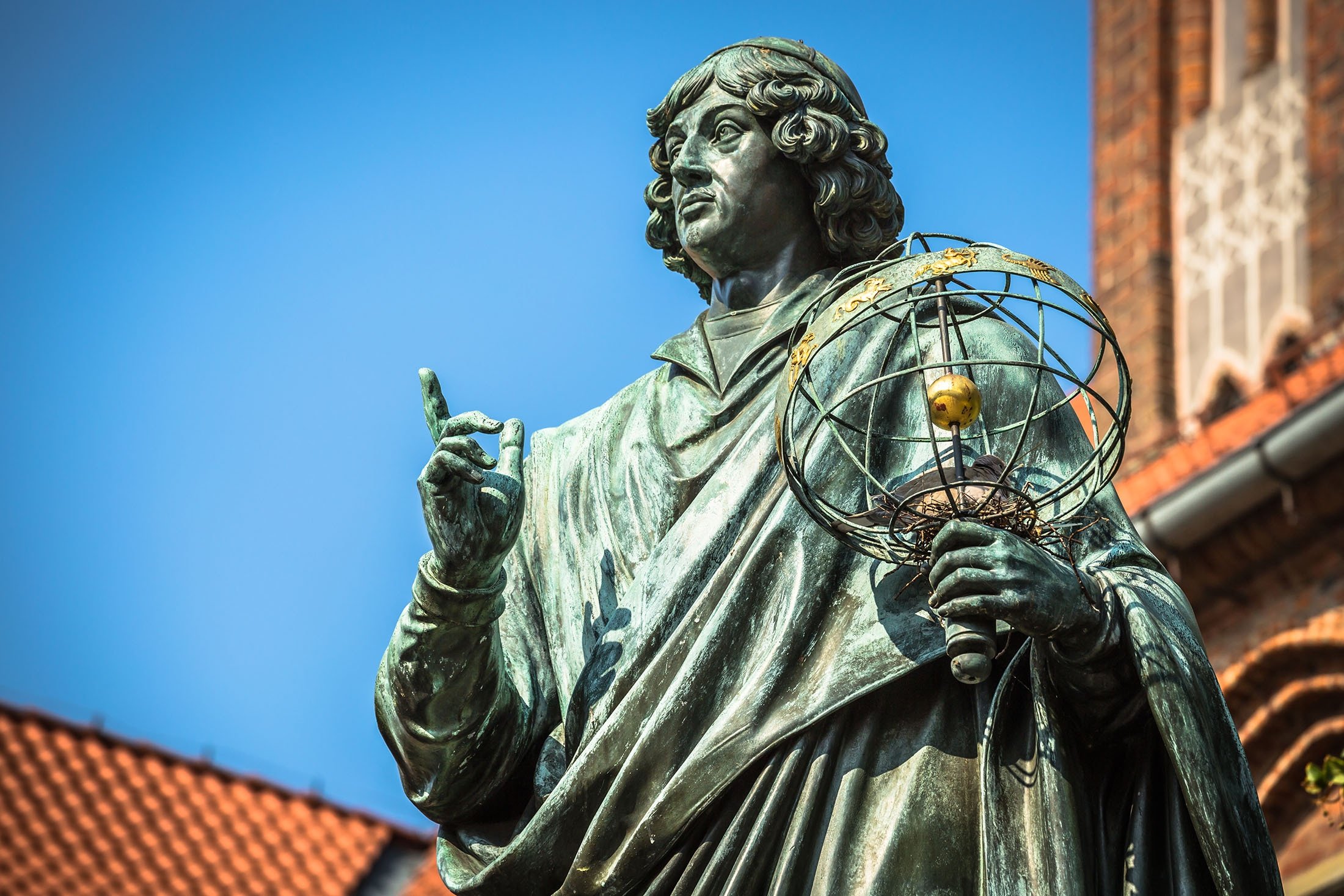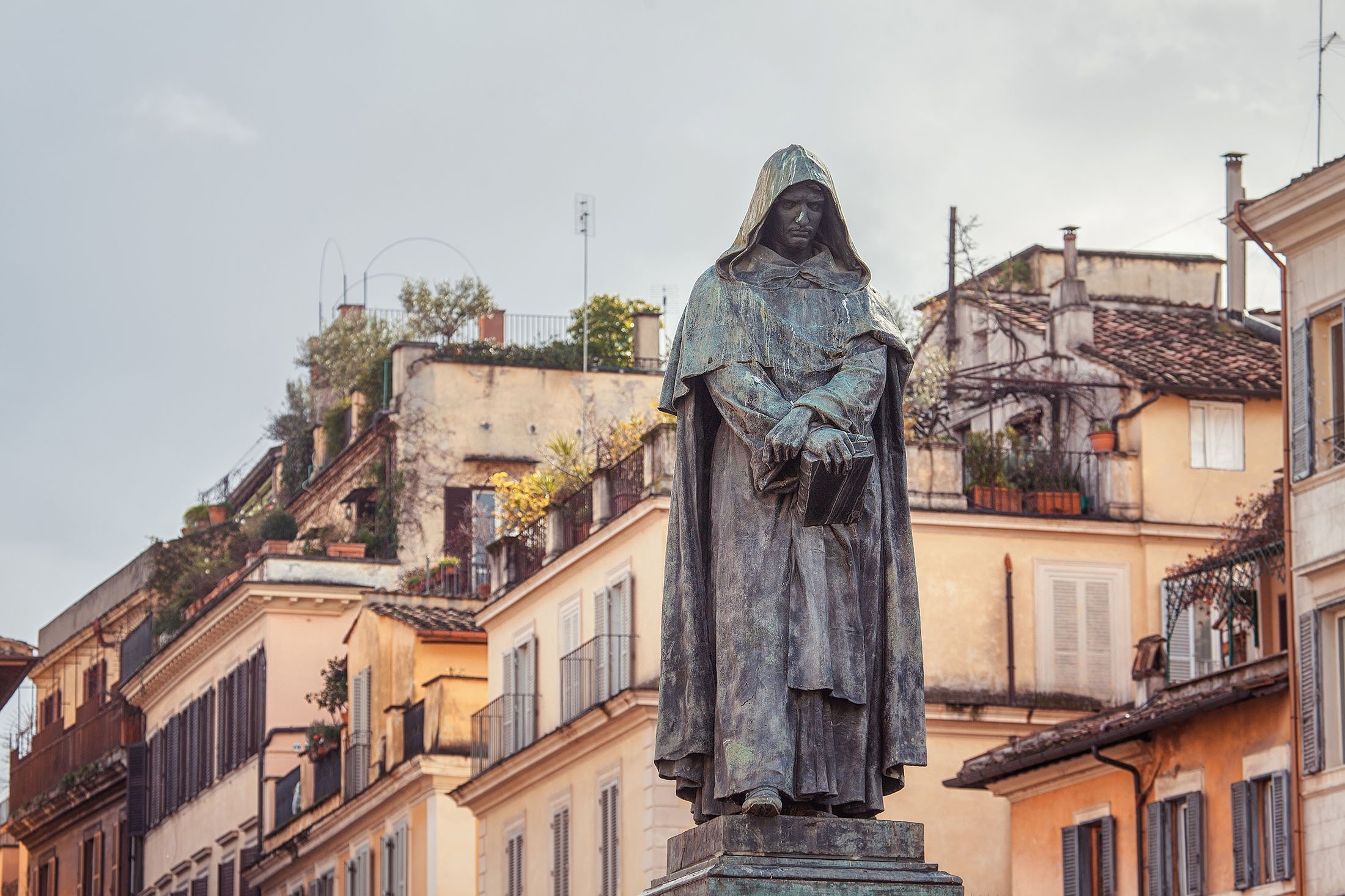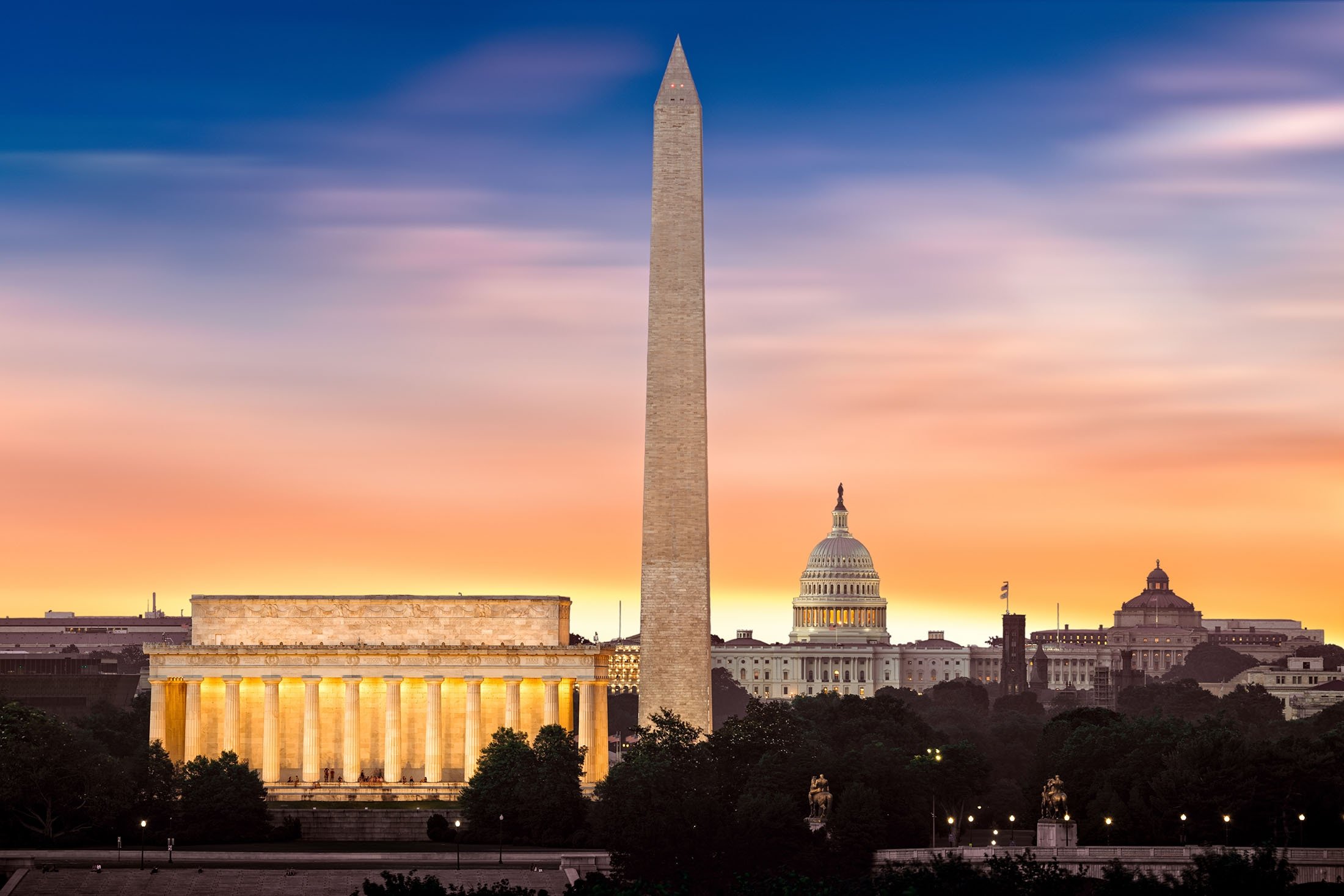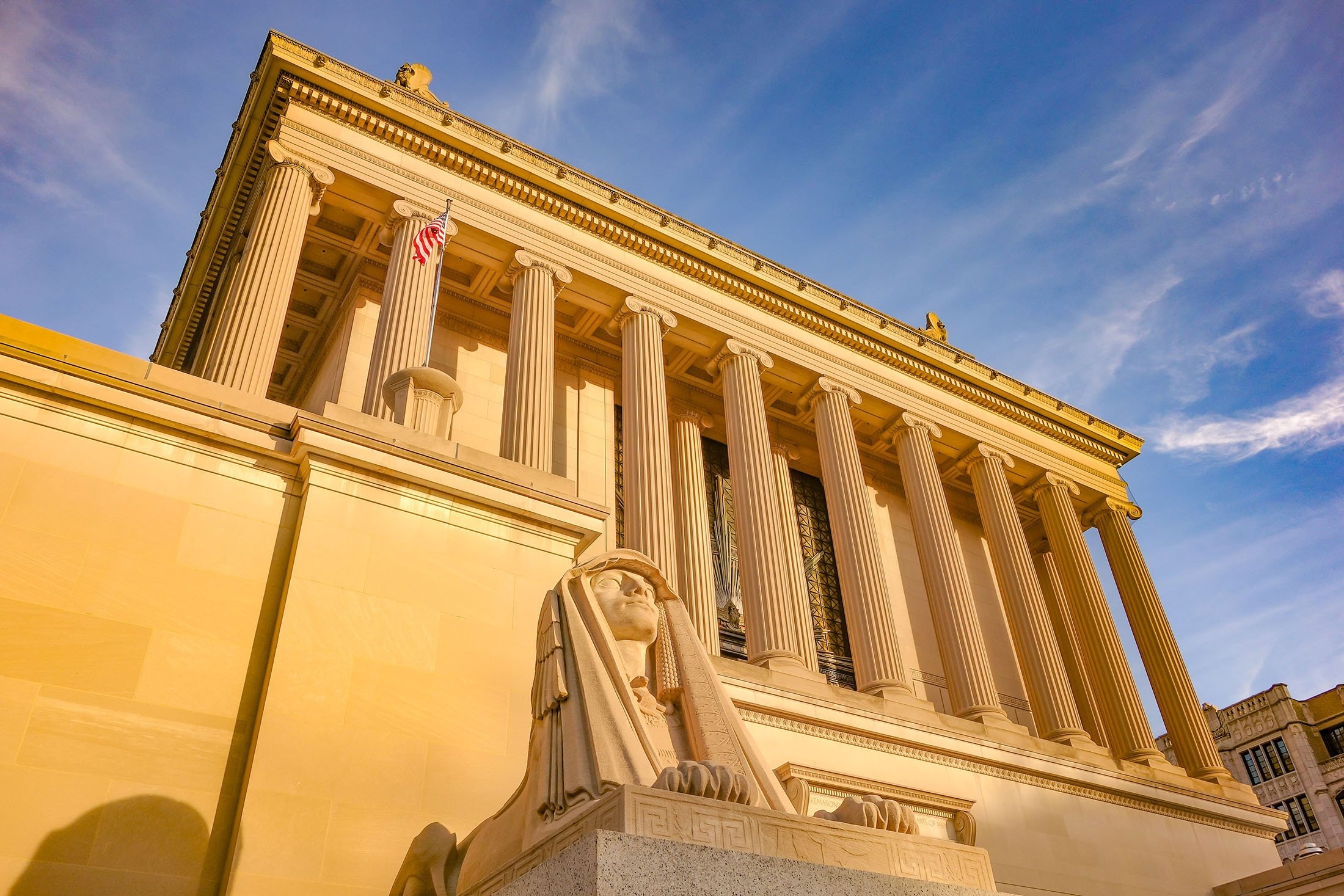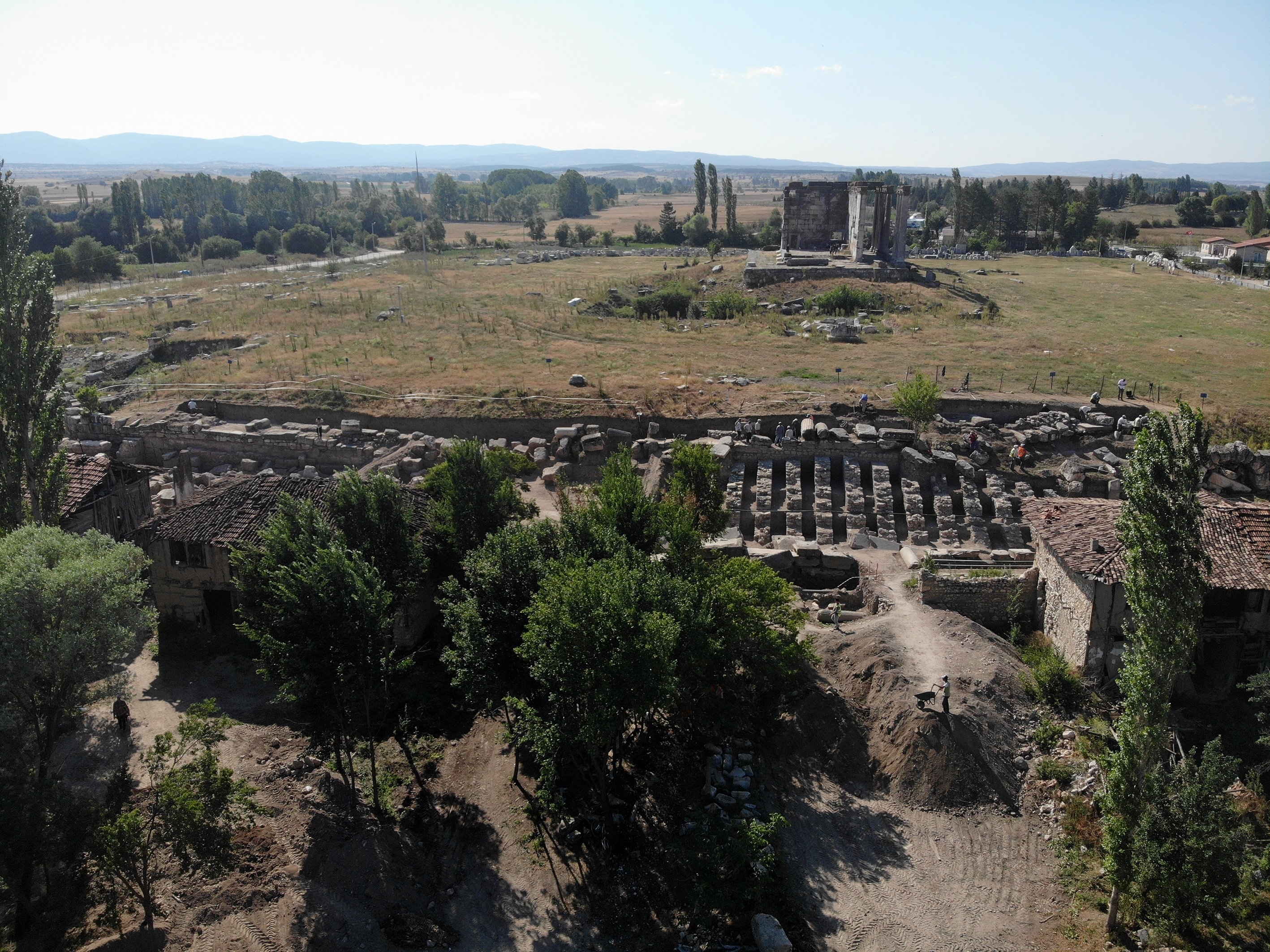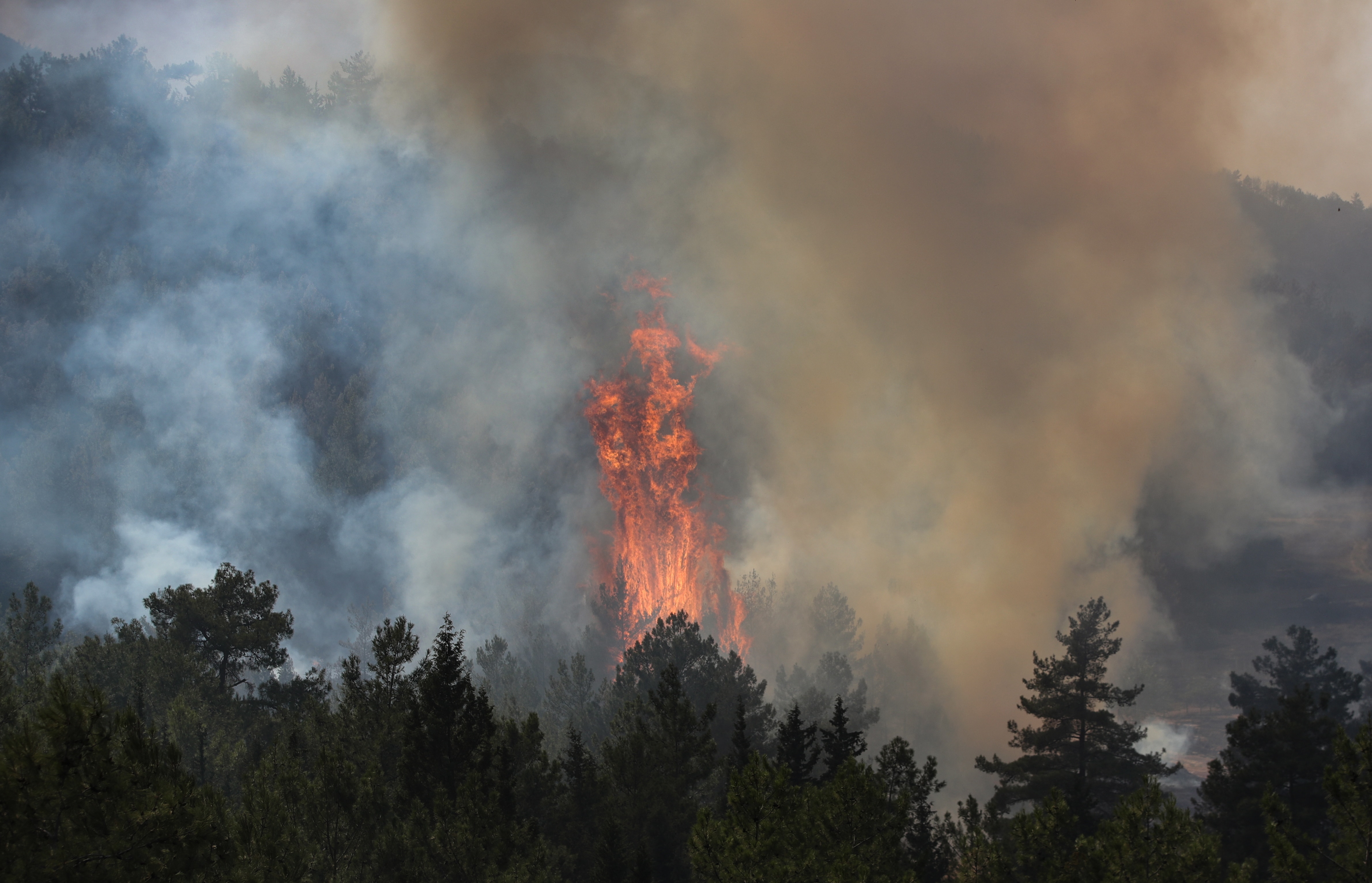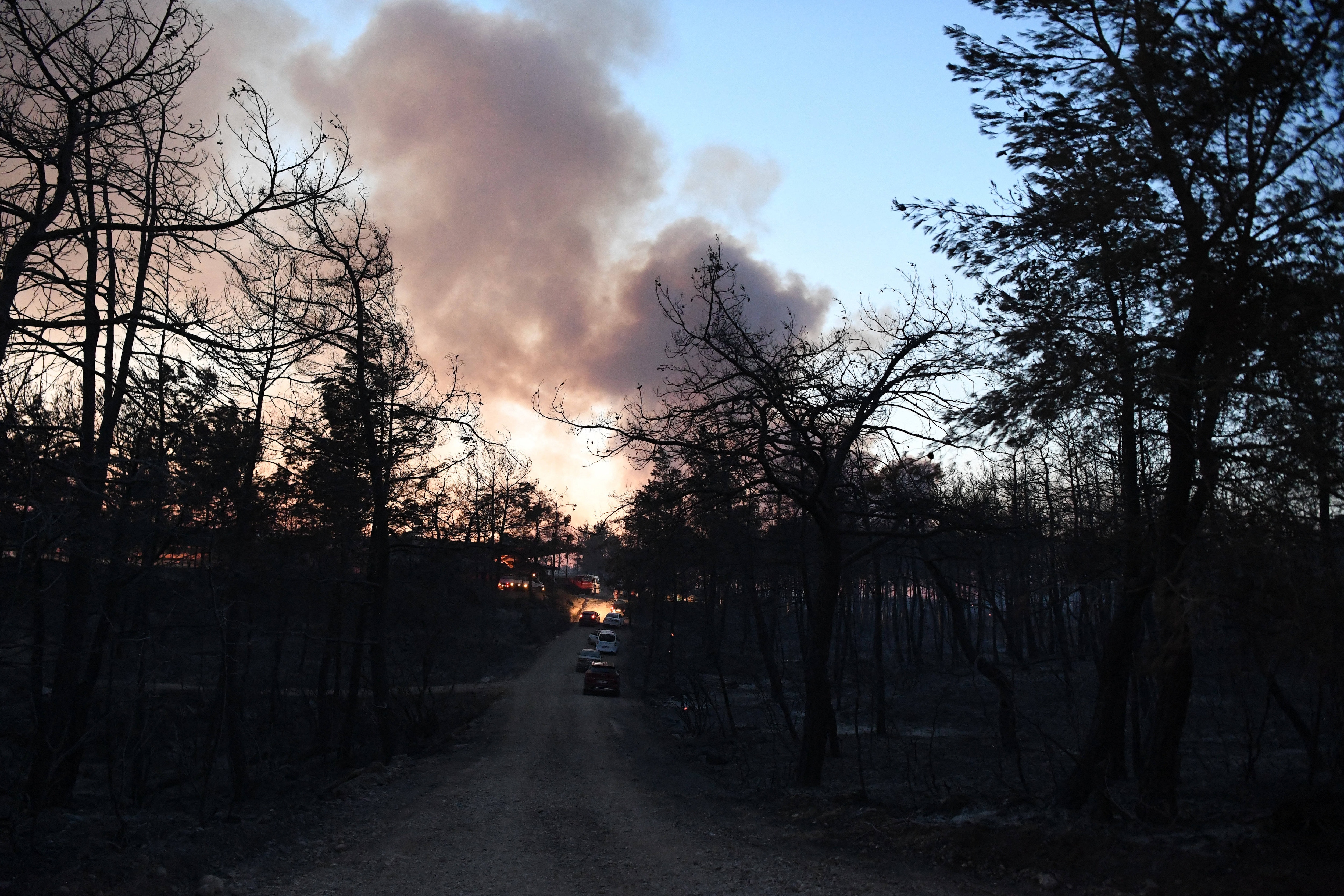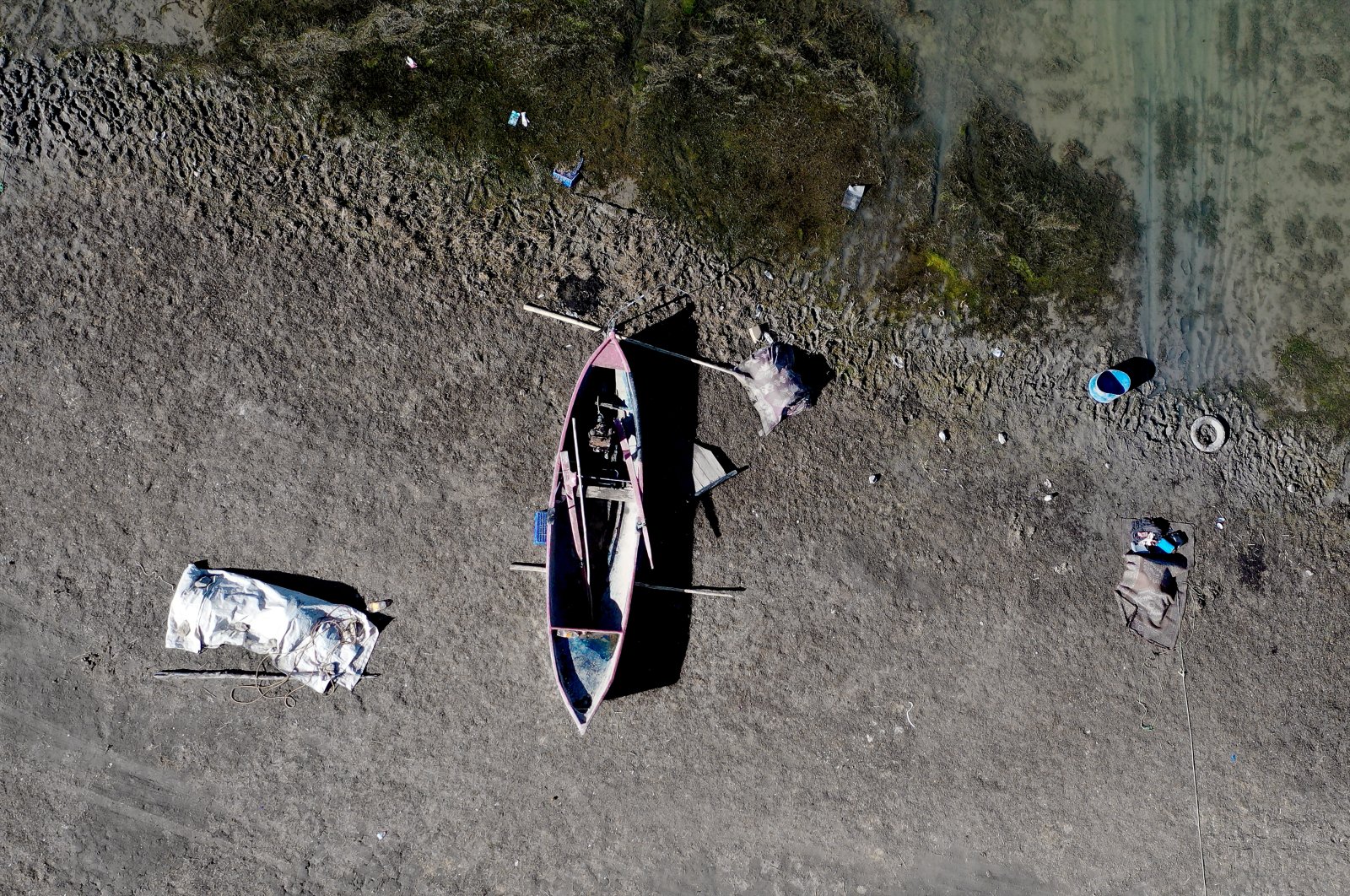One of the most famous academics ever to come out of Alberta has died.

Albert Bandura, the Alberta-born Stanford University psychologist and Order of Canada recipient who changed the way we think about learning, died in his sleep at his California home on July 26, Stanford said Friday.
The 95-year-old was born in Mundare to immigrant farmers and went on to revolutionize social psychology. A 2002 analysis by the Review of General Psychology determined Bandura was the fourth most-cited psychologist of all time, one spot behind Sigmund Freud.
In a tweet, the American Psychological Association called Bandura “one of the most important social scientists in history.”
“It is difficult to put into words the impact he had on psychology,” said Patrick Baillie, former president of the Canadian Psychological Association.
Bandura authored and contributed to hundreds of academic papers and more than a dozen books including Adolescent Aggression (1959) , Social Learning Theory (1977), Self-efficacy: the exercise of control (1997) and Moral Disengagement: How People Do Harm and Live with Themselves (2015) .
The Bobo Doll studies
Arguably his most famous work involved a series of experiments in the 1960s on aggression, which involved an inflatable doll named Bobo. Bandura had adults act out aggression on the clown dolls, hitting and yelling at them. Children who witnessed the violence were more likely to act aggressively toward the dolls when playing with them later.
Stanford’s Holly Alyssa MacCormick writes: “The Bobo Doll studies demonstrated that children learn from watching adult behaviour and suggested that televised violence can teach and glamorize aggressive behaviour. The findings of the experiments upended the established behavioural doctrine that learning was a conditioned response to external punishments and rewards.”
Bandura’s research — along with advocacy from children’s entertainer Fred Rogers — led the U.S. government to intervene on violence on children’s television.
Baillie said Bandura’s idea, which came to be known as social learning theory, was so revolutionary that it seems obvious today. Prior to Bandura, most psychologists believed a person’s behaviour was determined by whether that behaviour was reinforced or punished.
“What Bandura brought to the table was the idea that you don’t have to engage in the behaviour, you can simply observe someone else engaging in the behaviour, see what happens as a result of that behaviour, and learn from it … So that broadened the whole idea of where people get their values, their behaviours, their attitudes, beyond direct experience.”

Bandura later developed the concept of self-efficacy, which he defined as “a person’s belief in their ability to succeed in a particular situation.” Baillie said that concept is foundational in sports psychology, one of Baillie’s areas of expertise.
After publishing his dissertation in 1992, Baillie recalled being awed when a note arrived from Bandura asking for a copy.
“That’s like Springsteen asking for your autograph,” Baillie said in a tweet .
Alberta beginnings
Bandura was the youngest of six children, born in 1925 in the village of Mundare, located 80 km east of Edmonton.
His father was a Polish railwayman while his mother, a Ukrainian immigrant, worked at the local store until they could afford a homestead.
Bandura’s formal education began in the one-room schoolhouse in Mundare. He told an Edmonton Journal reporter in 2014 about his first day of school.
“I told my mother when I got home: ‘I’m not going back, they speak some kind of funny language there.’ My mother replied: ‘I think that’s English.’ And sent me back.”
When Bandura graduated high school, his parents told him “You have to decide what to do. You can stay here, go farming, play pool, drink, or get an education.” After stints working carpentry in Edmonton and on the Alaska Highway, Bandura found himself at the University of British Columbia where he fell into the field of psychology and graduated in 1949.
He joined the Stanford faculty in 1953.
He told the Journal that before giving up air travel, he often visited Mundare and that the community holds a place in his heart.
Bandura became an Officer of the Order of Canada in 2014 and two years later received the National Medal of Science from President Barack Obama.
He leaves behind two daughters and two grandchildren and is predeceased by wife Virginia.
No memorial service will be held and in lieu of flowers or gifts, Bandura’s family requested donations to the Natural Resources Defense Council, the Population Media Center or Young Voices for the Planet, Stanford said.
jwakefield@postmedia.com
twitter.com/jonnywakefield








